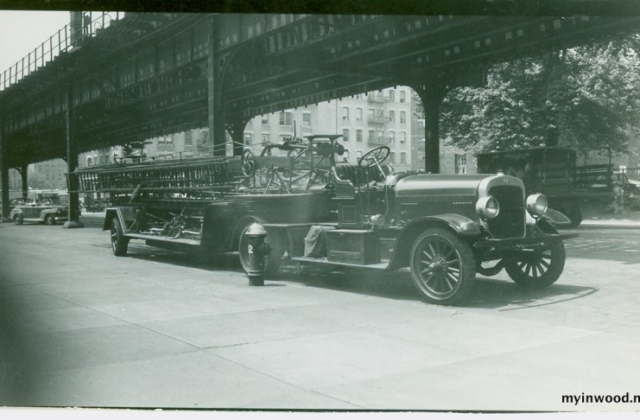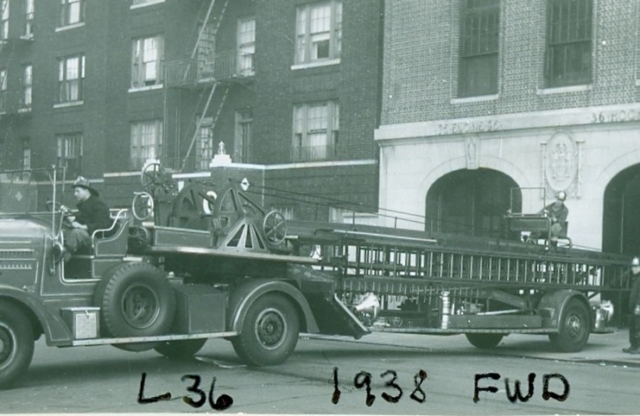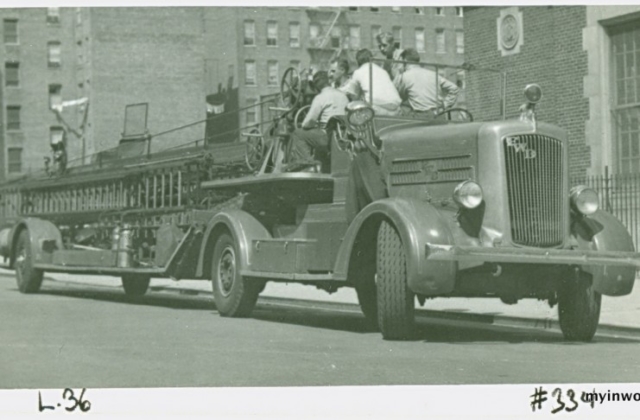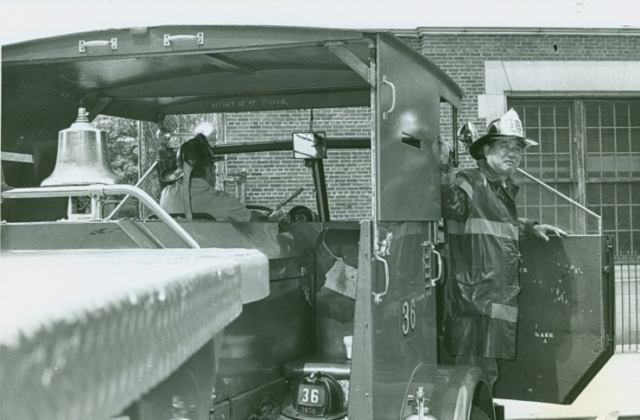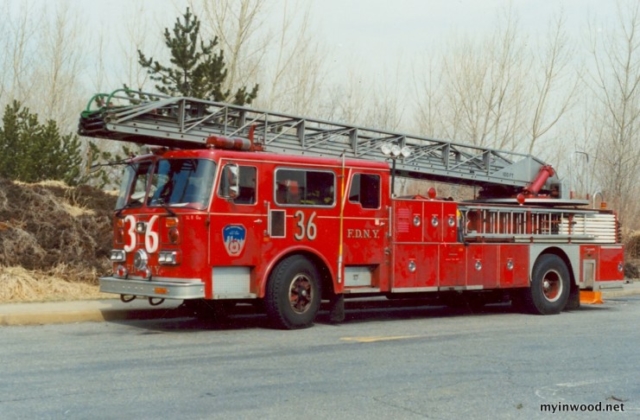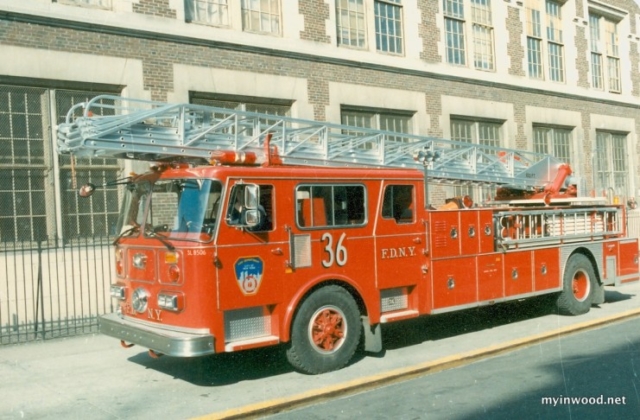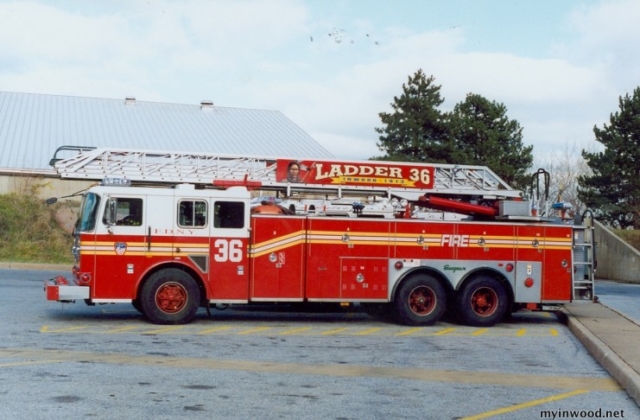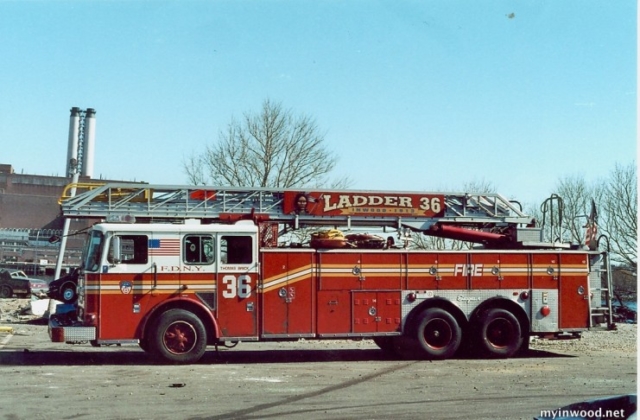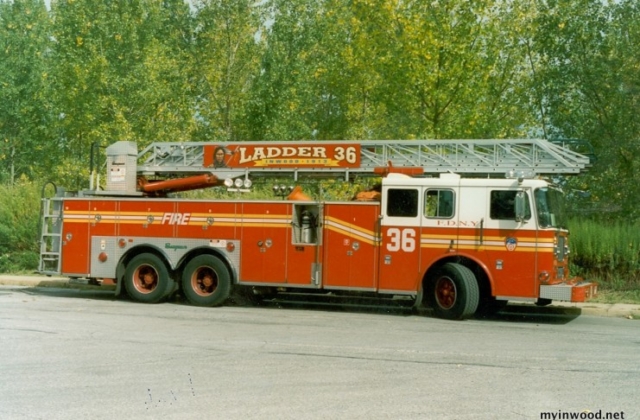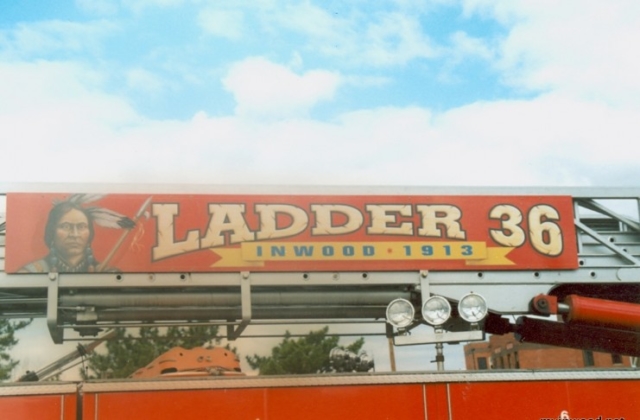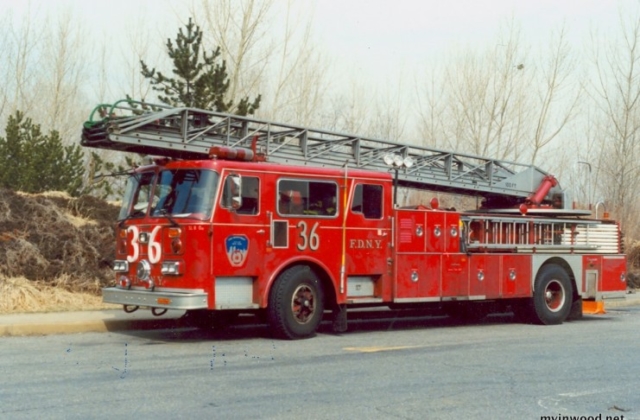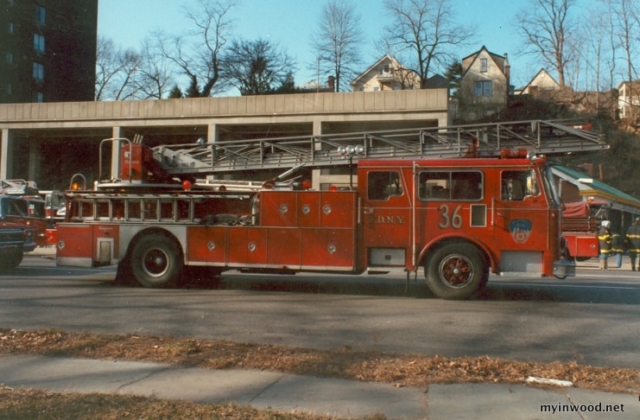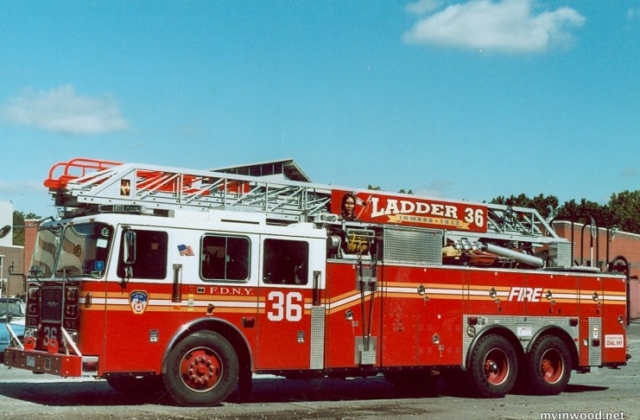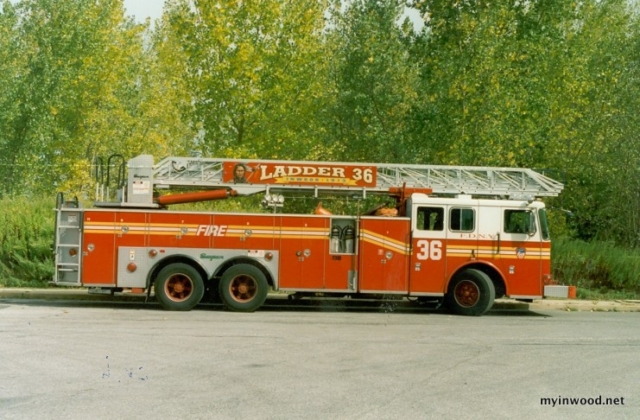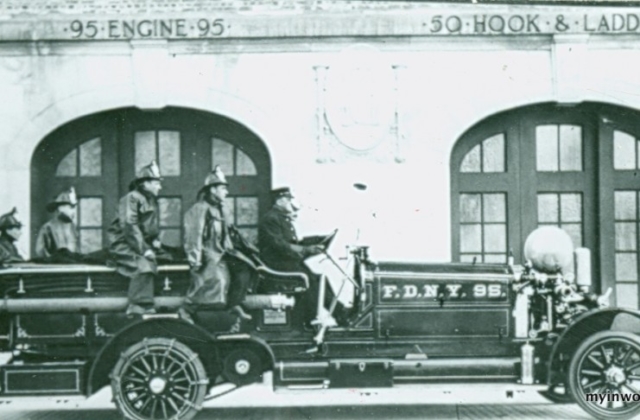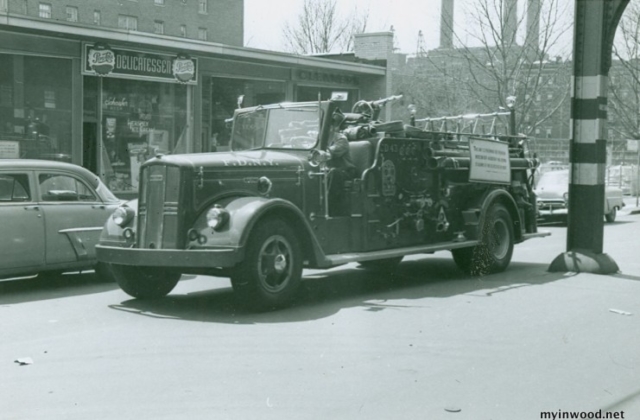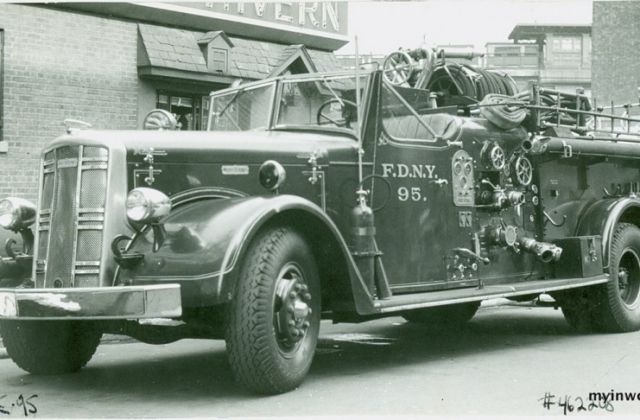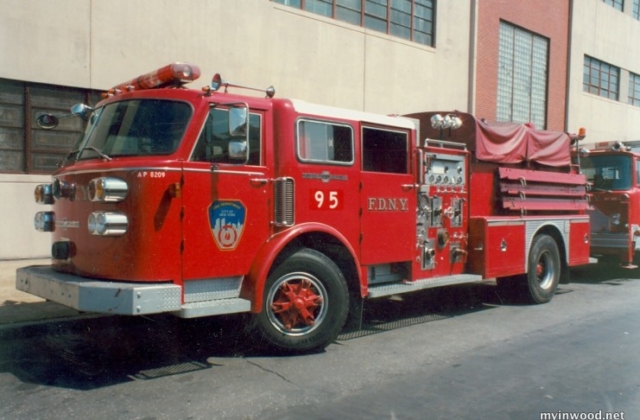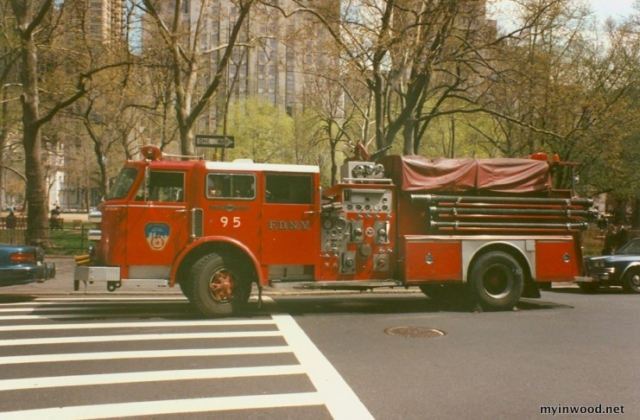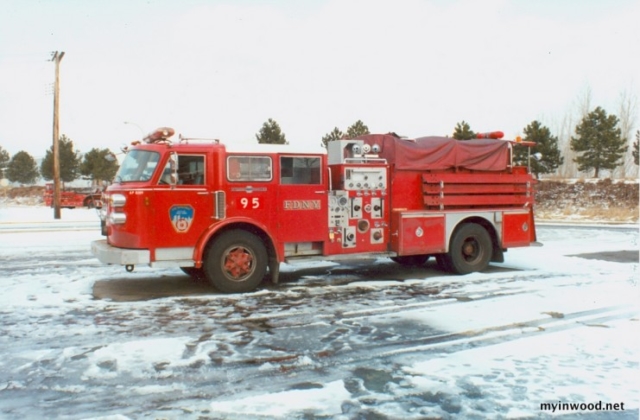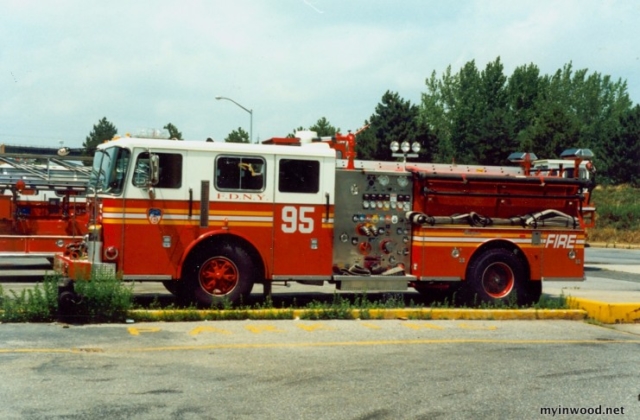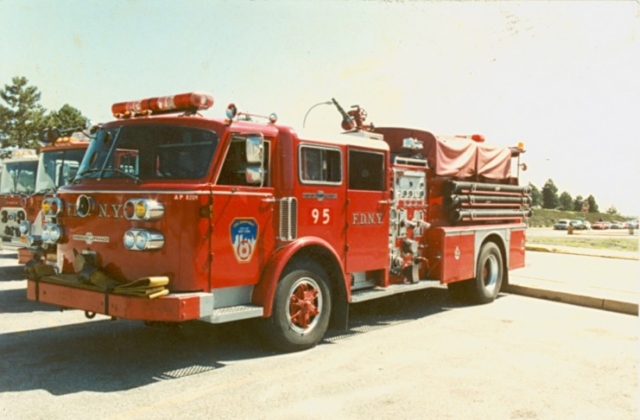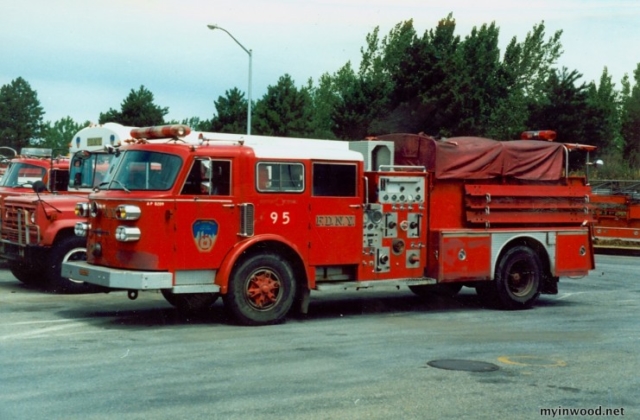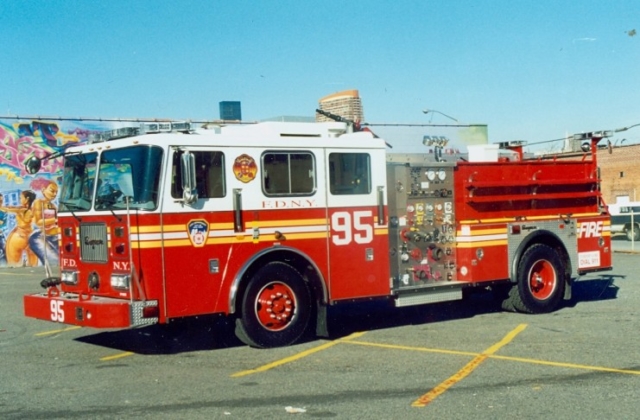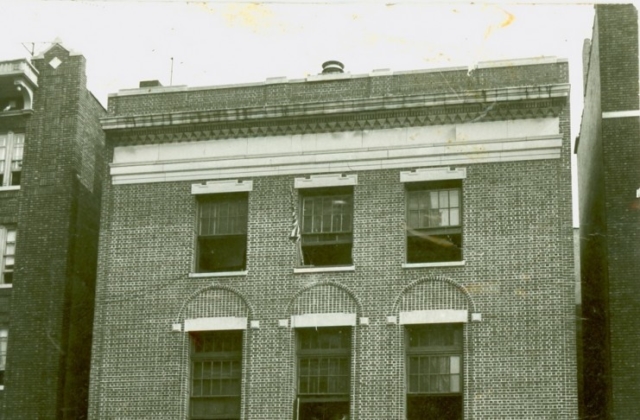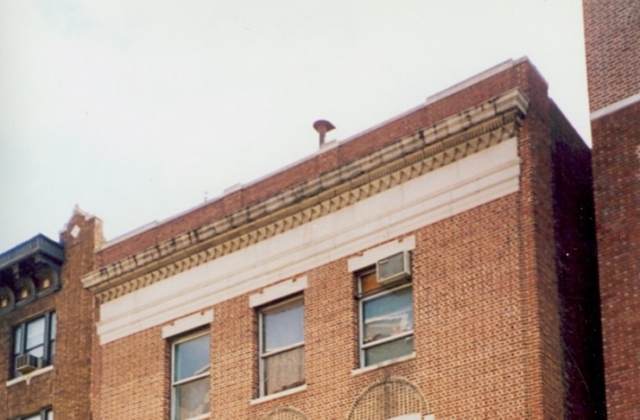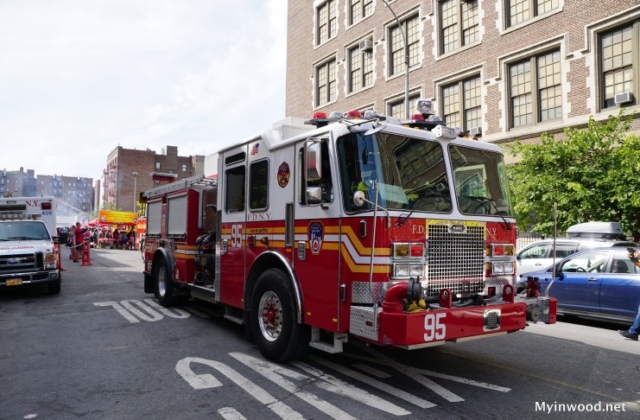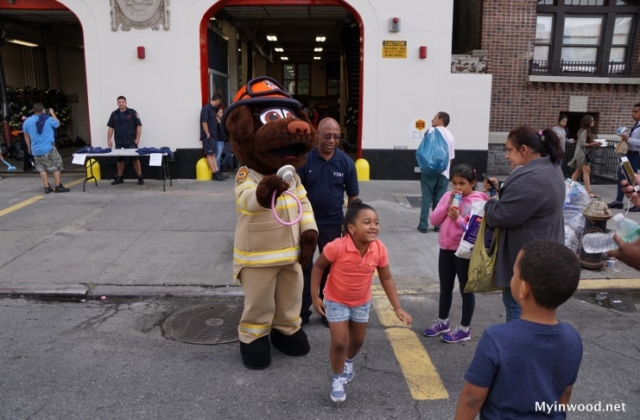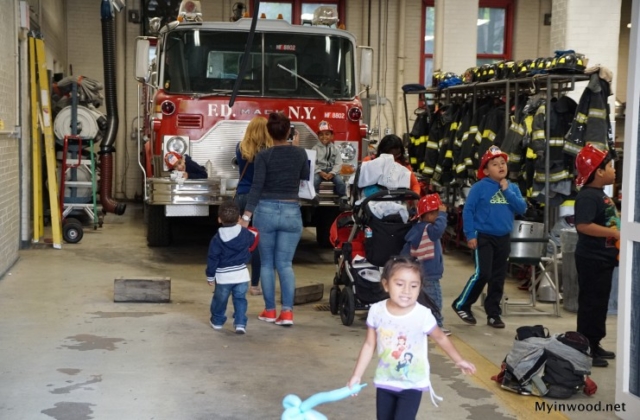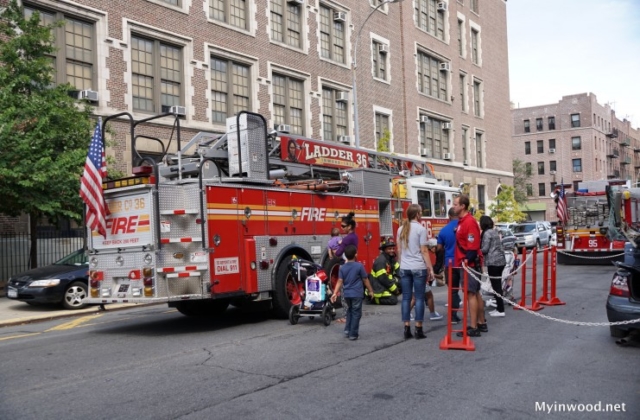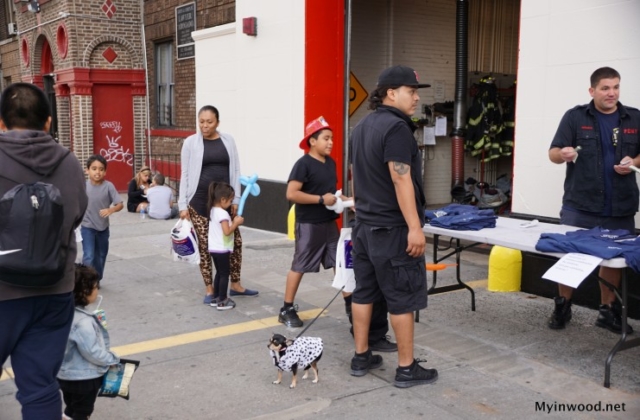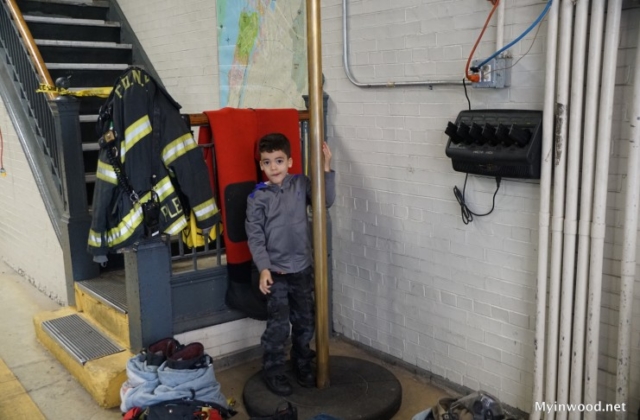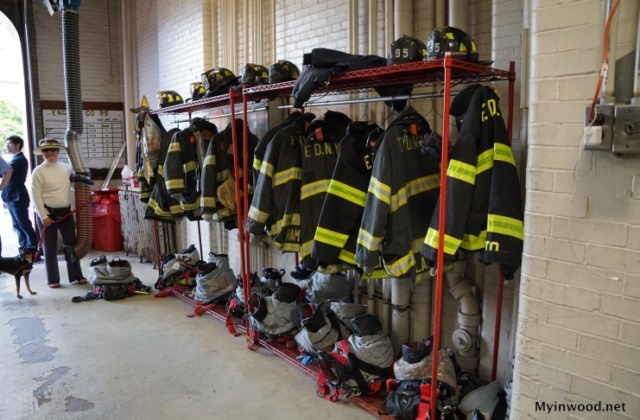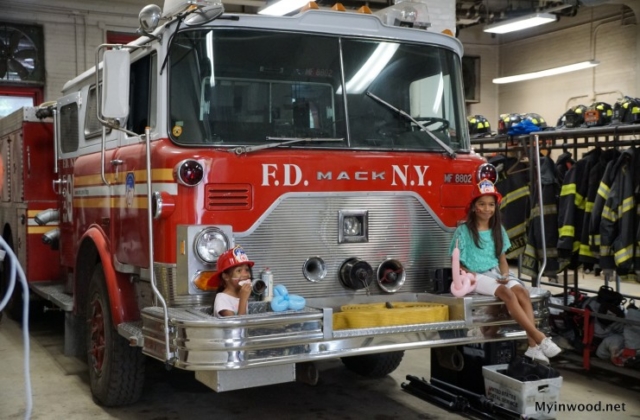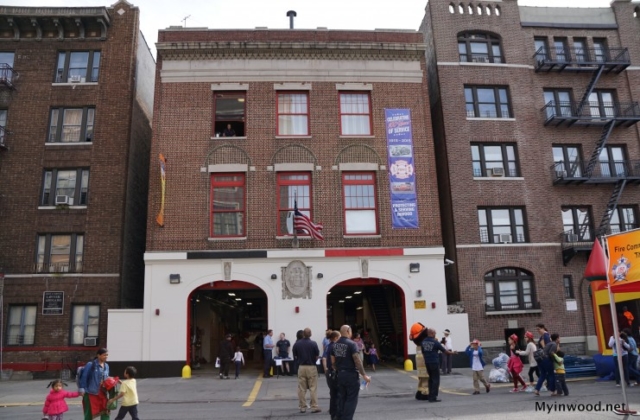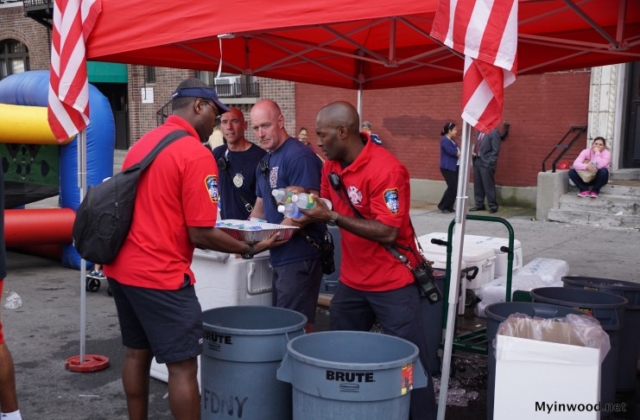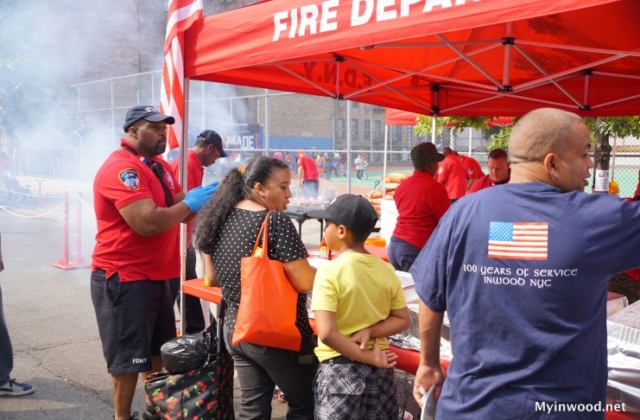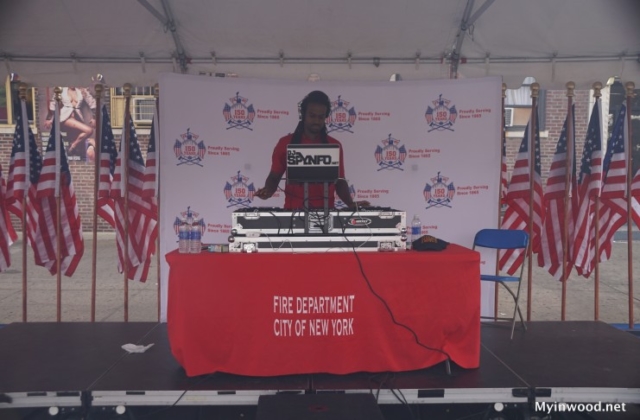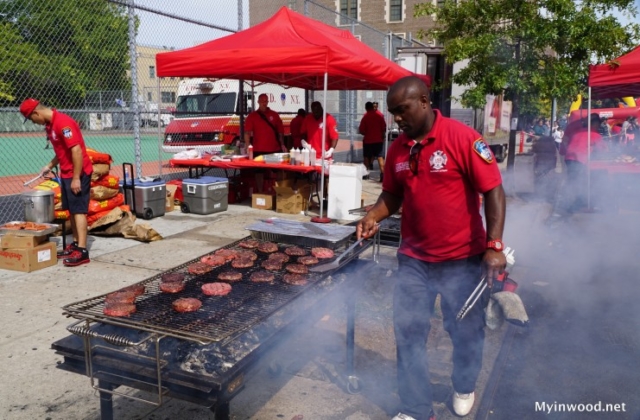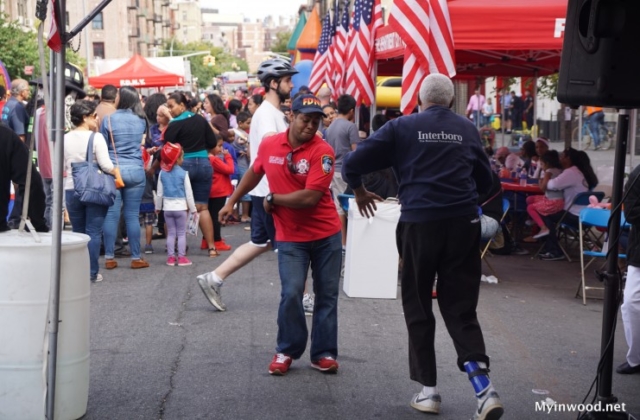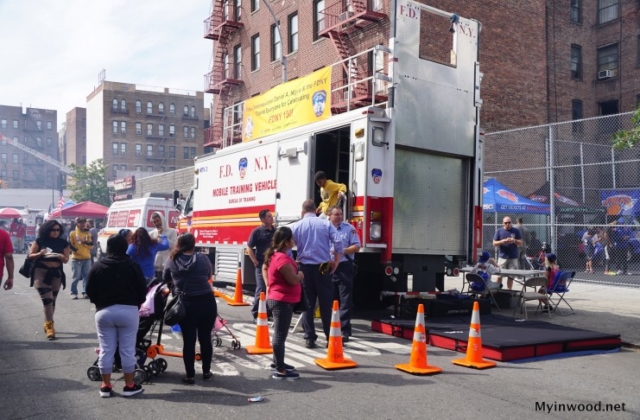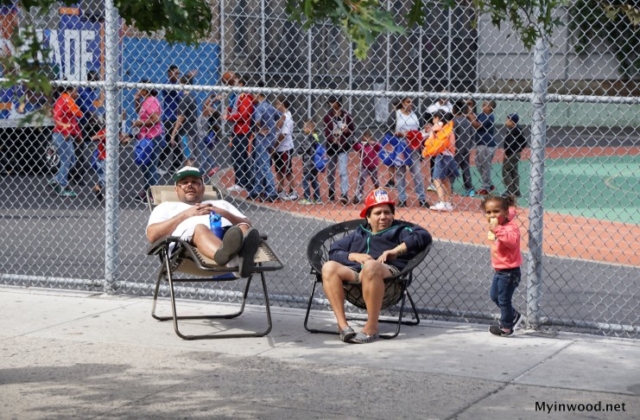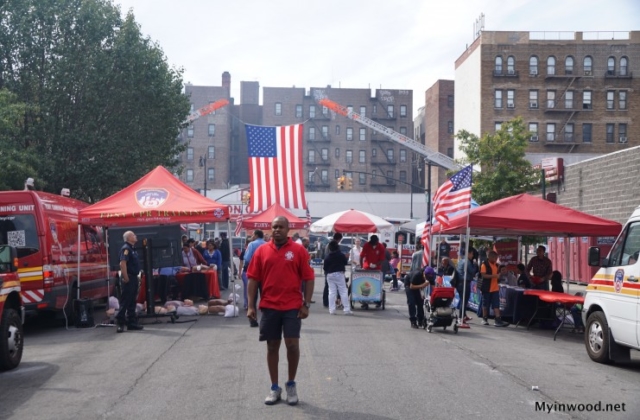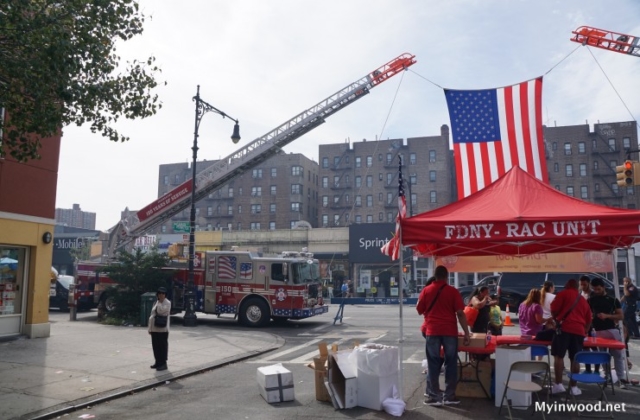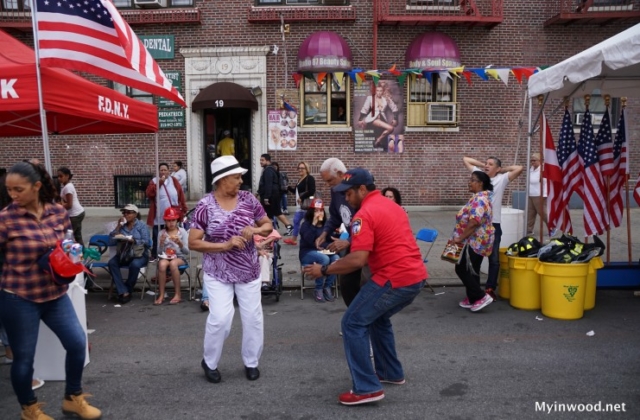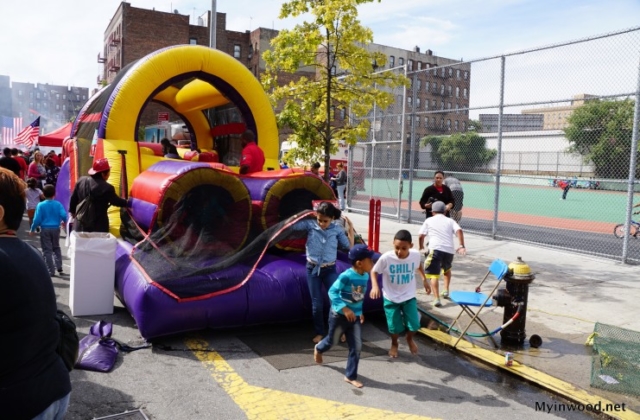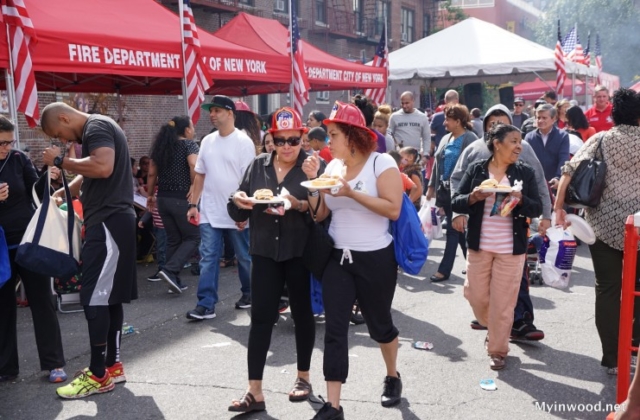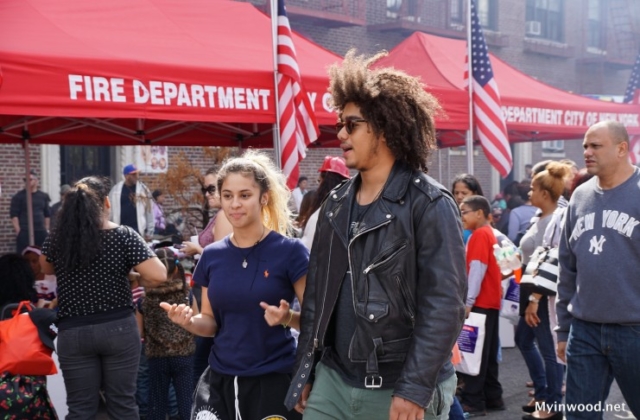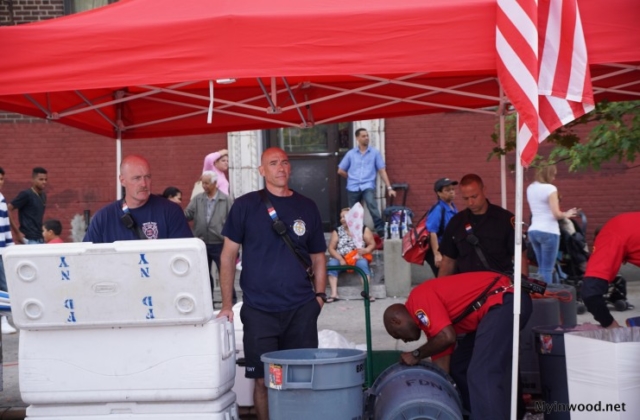
In October of 1915 the New York City Fire Department opened an outpost on Vermilyea Avenue in the Inwood section of northern Manhattan. The establishment of the firehouse, which housed Engine Company 95 and Ladder 36, was a momentous event for the then developing neighborhood.

In 1915 Inwood lacked the most basic public services; the area didn’t even have a post office until the early 1920’s.
If modern residents were to travel back in time they would find an unfamiliar terrain
Just a decade before the opening of the new station the region was a quiet countryside with muddy dirt roads, cows and chickens. The district was so disconnected from the “city” that when folks ventured downtown they often did so on horseback.

The pastor of Mount Washington Presbyterian Church, Reverend George Shipman Payson, described Inwood around the turn of the 20th century as “a veritable wilderness, isolated from the rest of our city. There were no means of communication with the exception of a dilapidated branch of the New York Central, which ran an occasional train between Spuyten Duyvil and West 30th Street, provided the fireman or conductor were not otherwise engaged. There was no post office, no telegraph station, no telephone, no electric light—absolutely none of the modern conveniences enjoyed by a rural town. The nearest drugstore, the nearest market and the nearest doctor were two or three miles away.”
“We lived ten miles from a beefsteak,” Payson recalled. “Table supplies had to be ordered the day before they were needed. The nearest livery stable was three miles away, and there were no telephones.”
This rural isolation would end in 1906 when the first subway trains began rolling through the neighborhood. For the first time Inwood was “connected” to downtown. Overnight apartment buildings were erected throughout the neighborhood. Renters soon streamed uptown to take advantage of the cheap rents and fresh air promised by real estate developers.
The Inwood region soon began to resemble a Wild West boomtown. Irish and Italian laborers, assisted by horses and mules, toiled into the night. Workers using dynamite blasted away rock formations to create roads and level lots on which to build. The blasts rattled the wood-frame houses that predated the new apartment houses.


Fires were a constant threat—especially on the thickly wooded Inwood Hill, which lacked a connection to any public water supply.
When the home of Mitchell Levy, a lawyer living on the hilltop, caught fire in 1909 firemen brought in from other neighborhoods were described as “helpless” in fighting the blaze.
“A chauffer,” wrote the New York Times, “Hurried to the nearest firebox at Dyckman Street and Broadway, giving the alarm which brought three engines as near the scene as possible. But the nearest water main was fully 1,000 feet from River Road and when the available 4,000 feet of hose had been connected and the pumps set to work it was found that neither the pressure nor the length of hose was sufficient to be of any use. Chief Barrett then sent a special call for two extra engines. The fireboat also came on the second alarm.”
“When the combined force of two lines of hose was finally brought to the scene,” the Times continued, “little remained to be done but try to save the stables and smaller buildings on the estate.” (New York Times, June 26, 1909)

The fire situation, particularly in the summer months, became so desperate that Boy Scouts and female inmates of local asylums were often enlisted to combat fires.
Then, in 1915, more than a decade after the first modern apartment building was erected near the intersection of Broadway and Dyckman Street, the neighborhood’s prayers were answered—Inwood received an overdue firehouse.


The firehouse at 31 Vermilyea Avenue, aptly nicknamed “The End of the Line,” was designed by the respected Fifth Avenue architectural firm of Dennison, Hirons & Darbyshire. The three-story brick and stone firehouse cost $47,000 to build.
Ladder 36 Photo Gallery: (Courtesy FDNY)
Engine Company 95 Photo Gallery: (Courtesy FDNY)
Now, generations of firefighters later, the Inwood firehouse celebrates its 100-year anniversary.




Elsewhere in Inwood a Century Ago:
1904: Inwood’s first apartment building, the Solano and Monida, is erected on Broadway and Dyckman Street in advance of the subway’s arrival. Inwood’s first building boom follows.
March 12, 1906: The first passenger IRT train departed 157th Street at six in the morning to surprisingly little fanfare. The train rolled through the deep tunnel, bypassing the still to be completed 168th and 181st Street stations, and exited the base of Fort George Hill where an elevated rail line carried passengers as far as 221st Street. The fare was a nickel and northern Manhattan would never be the same.
September 28, 1912: Nearly one thousand New Yorkers gathered on a hilltop just north of Isham Street for an historic announcement—the gift of Isham Park to the City of New York.
1912: Paulist fathers announce plans for the construction of the Church of the Good Shepherd.
1915: Double flight of stairs is constructed on 215th Street to connect Broadway with Park Terrace East.
1915: Dyckman Farmhouse is donated to city for use as a park and museum. The historic structure is the only surviving Dutch colonial farmhouse in Manhattan.
1915: The Dyckman Street Ferry makes its first run. In the days before the George Washington Bridge the ferry was an essential in linking New York City with New Jersey.
1915: Inwood receives a long overdue firehouse.
FDNY block party on September 26, 2015 celebrating 150 Years of FDNY and Centennial of Inwood Fire Department.
Inwood Fire Department in Action on 217th Street in 2012 (Below)


